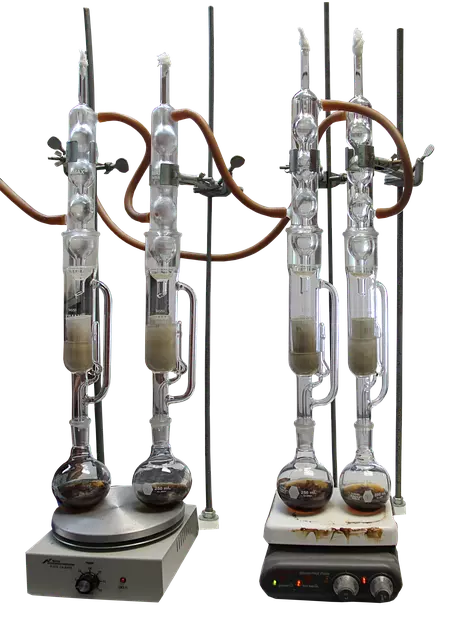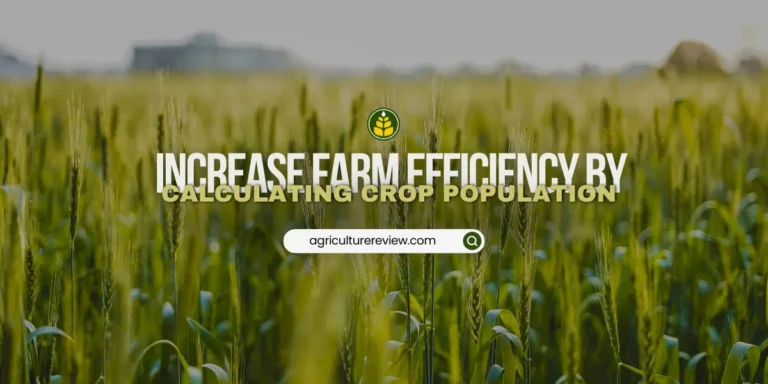Soil is one of the most important factors which has a great impact on the growth of crops. For successful cultivation of crops, estimation of soil chemical, as well as physical properties plays a crucial role. Hence testing soil helps farmers & researchers to understand nutrient availability, pH, etc.
The prime goal is to determine fertilizer recommendations based on test data & crops to be planted. Hence, understanding soil is important to ensure a bountiful harvest, therefore, let’s get started.
Table of Contents
What Is Soil Testing?
Soil testing is the rapid chemical analysis to know the nutrient status & reaction of soil. In the broader sense, it is the evaluation and interpretation of fertilizer recommendations based on soil test values. Through testing, we get to know macro-nutrient values and pH of the soil.
It is beneficial for farmers as it helps in reducing fertilizer waste and getting the maximum yield possible. However, due to the need for technology and skills, it is not so common among farmers in developing or poor countries. That’s why many brands that sell fertilizers often exploit them by selling larger amounts of fertilizers.
It is one of the most accurate tool that farmers should adopt to assess the fertility of the soil in their farm.
Phases
We can divide the complete process of testing into four phases:
- Collection of soil samples,
- Extraction & determination of nutrients availability,
- Calibration & interpretation of analytical results,
- Prepare fertilizer recommendations.
The best results are only obtained if there is operative precision in all four stages or else results are not so effective in computing fertilizer recommendations.
Principles Of Soil Sampling
If you want to test the soil in the laboratory, then you will need to understand the principles for collecting soil sampling. It helps us in taking precise samples from the field for best analysis of the soil properties.
Collecting Samples: Soil is a heterogenous body, therefore there are obvious fluctuations in pH and nutrient availability from place to place even on a farm. Moreover we cannot collect samples from every place in the farm. Therefore, an appropriate division of land is necessary for minimizing the heterogeneity of the soil.
We divide the land based on these important factors:
- Topography: For fluctuating or undulating land, we divide them into high land, medium land & low land based on their level.
- Colour: Light coloured soil represents less organic content while dark coloured soil respresents high organic content. Therefore we can divide land into light coloured land and dark coloured land.
- Texture: Soils can be clayey, loamy or sandy in texture, hence we can divide them into these textural classes.
- Fertility Status: It is based on the growth of the previous crop. Suppose you cultivated wheat in your farm, in one part you noticed high growth but in other part less growth (only if provided all the essential materials such as irrigation, fertilizers, etc. uniformaly). Then you can divide your land in high yielding & low yielding land.
- Managemet Unit: If you applied high amount of fertilizers in a part of your land but less in other part less amount, then keeping irrigation, etc. equal you can divide land into fertilized more & fertilized less lands.
How To Collect Soil Samples?
After determining soil units by taking principles of soil sampling into consideration, you can collect soil samples from each of these units. It helps in determining mean or average values of these collected values. For assesment of properties of soil samples, all the collected samples are mixed together to get the average value.
But, they are not mixed soon after collecting soil samples. We follow a well described procedure in the soil laboratore before mixing these collected samples which we will understand later in this article.
Soil Sampling Techniques & Precautions
- You should collect the same volume of soil by taking cores with the help of an auger ot furrow slice with the help of a spade.
- If you broadcasted seeds of previous crop, then take samples at random but, if you grown crops in rows, then take samples in a zig-zag way. If using spades, take samples by digging a V-shaped hole & cut 1.5 centimetres thick slice of soil from top to bottom of the exposed face.
- Take around 10 to 30 samples from various soil units and make sure to avoid any chemical contamination.
- Avoid taking soil samples from near gates, buildings, roads, farm boundaries, nearby compost storage area, shaded area, crop hills & rows, etc.
- Remove grasses, roots, stones or any other contaminants from the soil samples.
Soil Sample Laboratory Preparation
For testing of the collected soil sample, we need to prepare it for testing in the laboratory by following these steps:
- Drying: Air dry the soil under shade at room temperature. Avoid using air dryer or solar drying to prepare soil samples. But some experiments can be altered by deposition of ions or other factors while drying. Therefore you can test exchangable ferrous ions, exchangable Potassium, pH, etc. on moist samples immediately after collection.
- Grinding: In an agate motor, motorized grinder, wooden morter, etc. grind the dried soil aggregates properly.
- Sieving: You can use 20 mesh or 80 mesh sieve made of brass or nylon possesing round hold for sieving. Use fine sieve for determining organic carbon in the sample and coarse sieve for pH, exchangable cations, etc.
- Mixing: Spread sieved soil samples over a cloth, hold opposite corners of the cloth and pull one corner diagonally across the sample slowly so that the soil rolls over properly. Then repeat this process from the each other corner at least 5 to 10 times.
- Partition: You can partition mixed samples by using these techniques:
a. Riffle Technique
b. Quartering
c. Paper Quartering Technique
- Weighing: You can weigh fine textured soils such as clayey soil by taking a portion of the sample with the help of spatula & weighing on a torsion of analytical balance having sensitivity of 0.1 to 0.5% of the sample weight. But in case of coarse textured soil samples, partition to approximately the desired weight. Then weigh entire portion accurately.
- Storage: You can store soil samples in series of cardboard cups in a tray or use screw cap jars.
Types Of Soil Tests
While performing tests on soil we can not focus only one once component or the other, but for successful interpretition one should perform these tests.
- pH value test,
- Moisture content test,
- Nutrient content test,
- Salinity test,
- Structure & texture test,
- Pesticides or chemical contamination test, etc.
As a researcher you need to conduct all the necessary tests in the laboratory to get optimum results.






